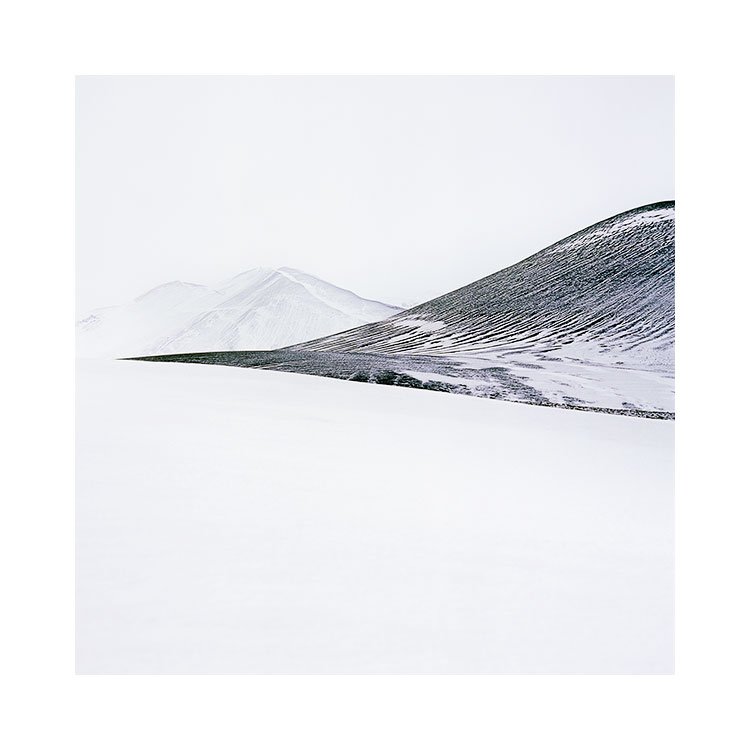I remember many many years ago, I was browsing Paul Wakefield’s stunning work on his website. None of the photographs had titles, or any explanations as to where they had been made, and although I was not consciously aware of it, this seemed to increase my attention to each image.
In Paul’s portfolio, he had a shot of an unrecognised lake in Patagonia. I was so sure it was Torres del Paine national park (a place I feel I know pretty well), but I could not figure it out. So I wrote to him to ask if I was right in assuming the photograph in question was in the actual park. I must stress that I was not looking for the same exact spot, or location. It had just stumped me that here was a photograph of a place I thought I knew well, and yet the lake looked completely alien to me.
Paul wrote back and he did what I think all artists should do: ask a question in reply to a question (I paraphrase here because it was so long ago, but his reply was more or less like this):
“Don’t you think that photographs become more enigmatic, and more interesting when you don’t know where they were taken from? Don’t you think that somehow, once you tell people where they are from, a spell of some kind is broken?”
I have to agree. In a way, putting any text near an image defeats the purpose. Surely a photograph should be all that is needed to convey the work? Yet we do it, and I think it is because for some reason, people need to know where the shot was made. They need answers. And yet I feel that with imagery, there doesn’t really have to be one.
I’ve said this before, but I enjoy movies better when I’m left to interpret the story. What exactly happened in the end? Did they get out alive? When those kinds of questions are left unanswered, the meaning of the movie become more a personal interpretation. We own it.
Conversely, in some films, they have to have a post-amble where they explain what you saw, and what happened, and sort of tie up everything into a neat conclusion so you can go home now and not have to think about anything ever again. There is no interpretation, because you are told that whatever you thought was going on, or your interpretation of subtle events in the film may have been false. You end up not owning the experience so much because someone has told you that what you thought was there, wasn’t.
And so, getting back to titling images, or even explaining why you made them in some way, is sort of pointless. But more than that, it can rob them of a personal interpretation that the viewer may own. I have had countless interactions with someone who has said ‘I always thought that photo was made in Torridon, but I was so surprised to find out it was made in another place entirely.
I think anonymity is good. I just don’t practice it so much, but I have been swinging that way more lately because I think it allows the work to remain more personal.















